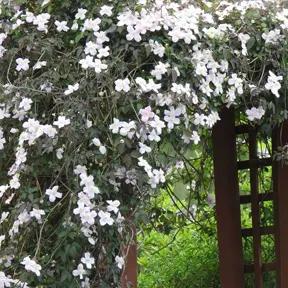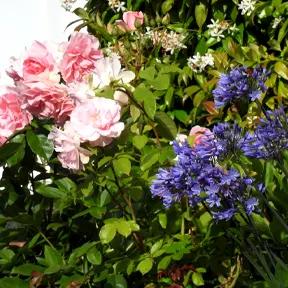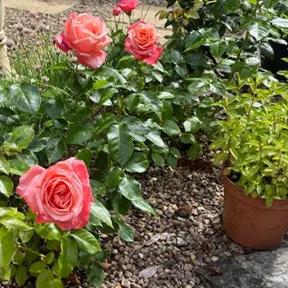Red Cappadocian Maple Trees
- Turkish. Bigger than Aureum.
- Tidy, dome shaped tree. Great leaf colours.
- Max. Height: 30m
- Bareroot Delivery: Nov-Mar.
- RHS Award of Garden Merit
Description
Acer cappadocicum Rubrum: Bareroot Red Cappadocian Maple Trees in Standard Sizes
This is a variety of Cappadocian Maple with a neat, round canopy of slim branches. The young leaves are plum red at first, turning green with rusty red-brown margins in the summer, and then yellow in autumn. The new bark is also purple-red. Apart from the leaf colour, it is the same as Acer cappadocicum Aureum.
It can reach a height of about 20 metres.
Browse our other Maple varieties.
Delivery season: Maple trees are delivered bareroot during late autumn and winter, approximately November-March inclusive.
Choosing a size: Small trees are cheaper, easier to handle and more forgiving of less than ideal aftercare, so they are best for a big planting project. If instant impact is your priority, or if you are only buying a few plants for use in a place where it is convenient to water them well in their first year, then you may as well use bigger ones. All our bareroot trees are measured by their height in centimetres above the ground (the roots aren't measured).
Features:
- Height: 10-15m
- Soil: Moist, fertile, plenty of sun.
- Use: Avenues
- RHS Award of Garden Merit
- Bareroot delivery only: November-March
Growing Red Cappadocian Maples
To really thrive and produce the best Autumn colour, it likes rich, moist soil on the acidic side in full sun, but they should be fine anywhere except shallow chalk and dry sites. It is not suitable for polluted urban or exposed areas.
It is common for the crown of the young tree to get a little tangled, so keep an eye on it and remove awkwardly placed branches when you see them.
Planting Instructions
Notes on planting Acer cappadocicum Rubrum trees:
Your trees will grow on any fertile soil with decent drainage. They are quite shade tolerant, but we really recommend planting them in full sun.
These maples don't grow well on exposed sites and will suffer if they are planted beside a busy city road or any location with compacted soil.
Prepare your site before planting:
It is good to dig over the site where you plant a tree several months in advance. Kill the weeds first: for tough weeds like nettles, brambles and ground elder, you will usually need a weed-killer to get rid of them. When you dig the soil over, remove stones and other rubbish and mix in well rotted compost or manure down to the depth of about 2 spades.
Watch our video on how to plant a tree for full instructions.
Remember to water establishing trees during dry weather for at least a year after planting.
Tree Planting accessories:
Prepare your site for planting by killing the weeds and grass.
You can buy a tree planting pack with a wooden stake & rubber tie to support the tree and a mulch mat with pegs to protect the soil around the base of your tree from weeds and drying out.
We suggest that you use mycorrhizal "friendly fungi" on the roots of all newly planted large trees: if your soil quality is poor, we strongly recommend it.
You can also improve your soil with bonemeal organic fertiliser.
After you plant a tree, the most important thing to do is water it in dry weather. You will also need to weed around the plants. Watering should be thorough, so the ground is soaked. Let the soil almost dry out before watering again. Watering & weeding will be necessary for at least a year after planting.
If your trees do need pruning, it is best to do this in mid-summer, unlike most deciduous trees. Acer species will bleed sap quite heavily if they are pruned at other times of the year, which makes it harder for them to heal. Always hire a tree surgeon to remove large branches.
Special notes on caring for Acer cappadocicum Rubrum trees:
This is an ornamental tree that will perform best when it receives a yearly mulch of well-rotted manure or compost to help keep the soil around it fertile.
Remember to check the stake and tie supporting your trees a few times a year. Tighten the tie if it becomes loose and loosen it as the tree grows. Make sure that the tree's trunk isn't rubbing against the stake.
Hygiene & Diseases:
Dead, damaged or diseased wood can be pruned off as soon as it appears.
Disinfect your pruning tools between every cut if there is any sign of disease.
Burn or dispose of any diseased material, do not compost it.
Did You Know?
The first Cappadocian Maples, which are native to Turkey, Iran and Eastern Europe, were introduced to Germany in 1838, and this variety was bred by Booth's nursery in 1842.
Standard trees are measured by their girth in centimetres 1 metre above ground level: their trunk's waist measurement. Unlike sapling trees and hedge plants, standards aren't measured by their height, which will vary quite a bit both between and within species.
So, a 6/8cm standard tree has a trunk with a circumference of 6-8cm and an 8/10 standard has a trunk 8-10cm around. This measurement makes no difference to the tree's final height.
On average, standard trees are 2-3.5 metres tall when they arrive, but we cannot tell you precisely how tall your trees will be before we deliver them.
It's Summer Planting Season 2025

Pot Grown & Plug Plants Delivered
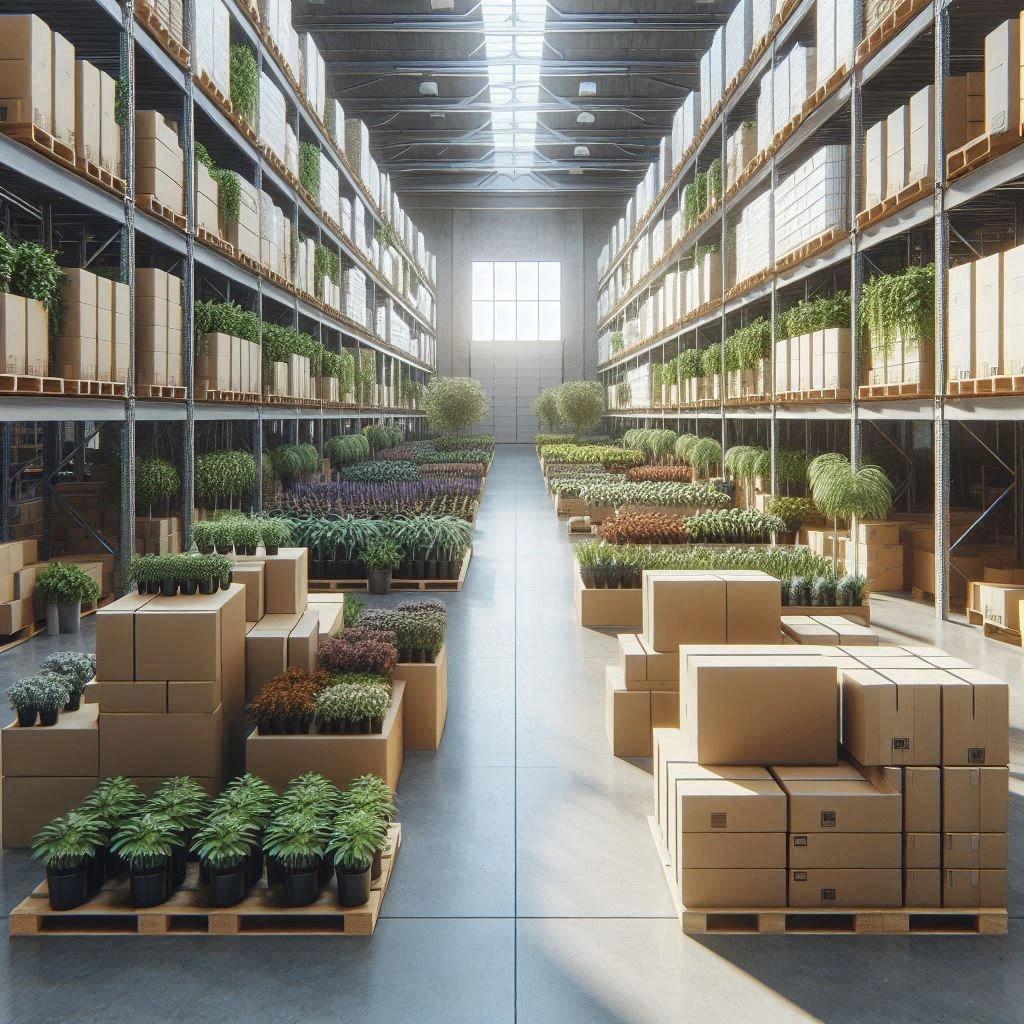
Direct from the Nursery Value

No more broken plants in the post!
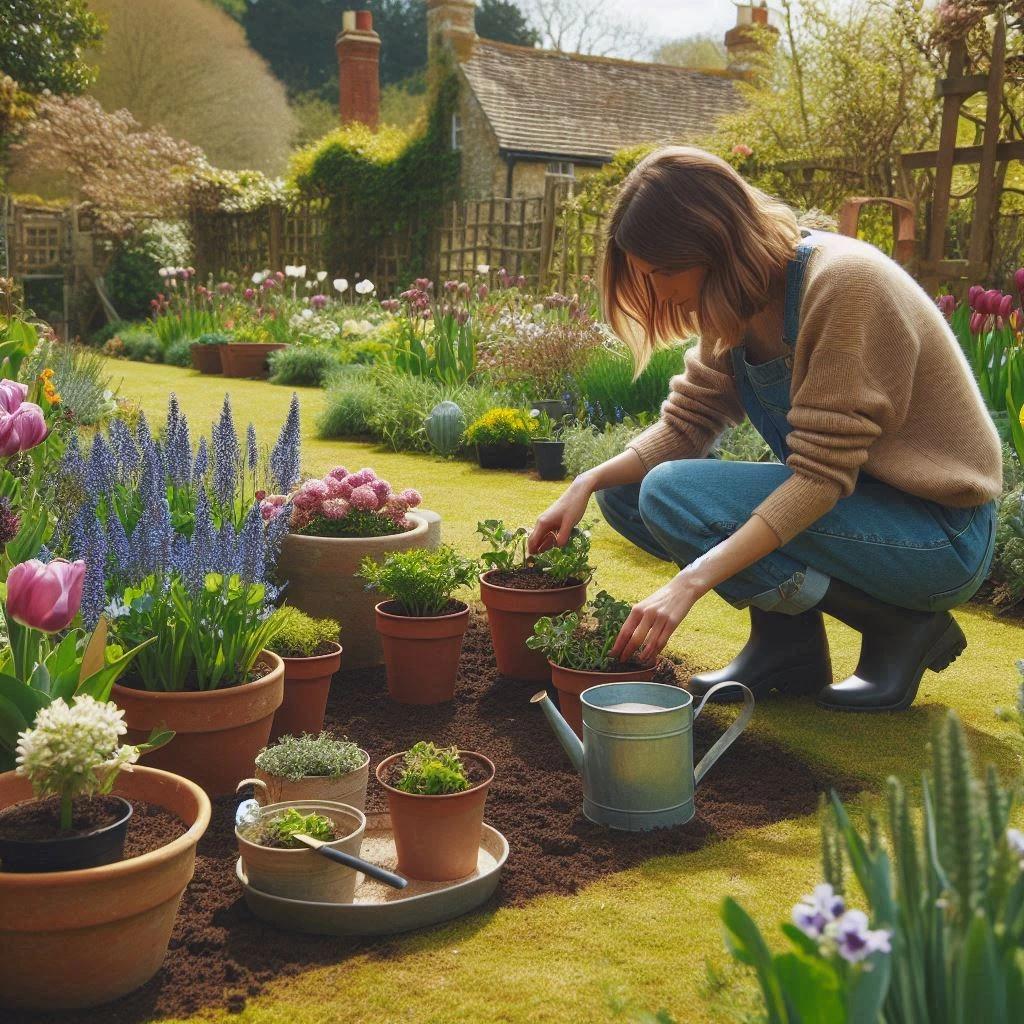

 Hero Img.webp)
 Hero Img.webp)

